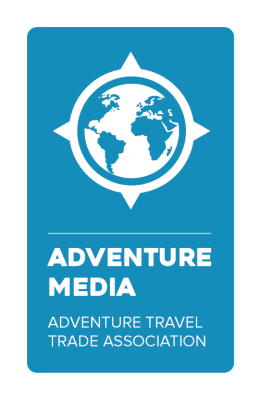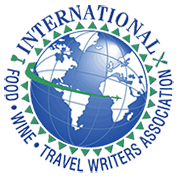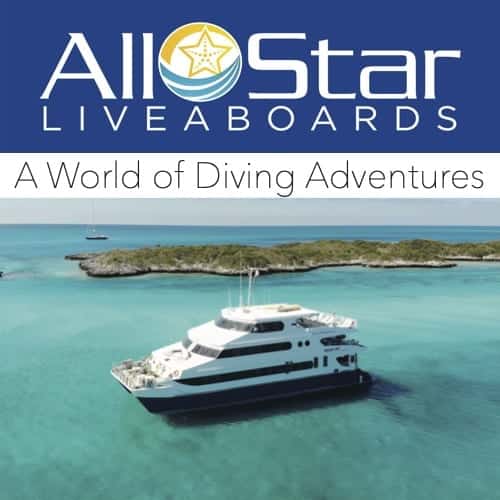Recent headlines read – “Man dies in Grand Canyon National Park while attempting grueling hike.” Halfway through an 18-mile hike amid temperatures of 100F, Ranjith Varma, 55, of Manassas, Virginia, was unresponsive. Which makes you wonder, what are the most dangerous National Parks?
We’ll answer that question with a data-driven analysis of the ten most hazardous National Parks in the United States, along with some practical insights and astute observations.
National Park Service Reports 3,020 Deaths
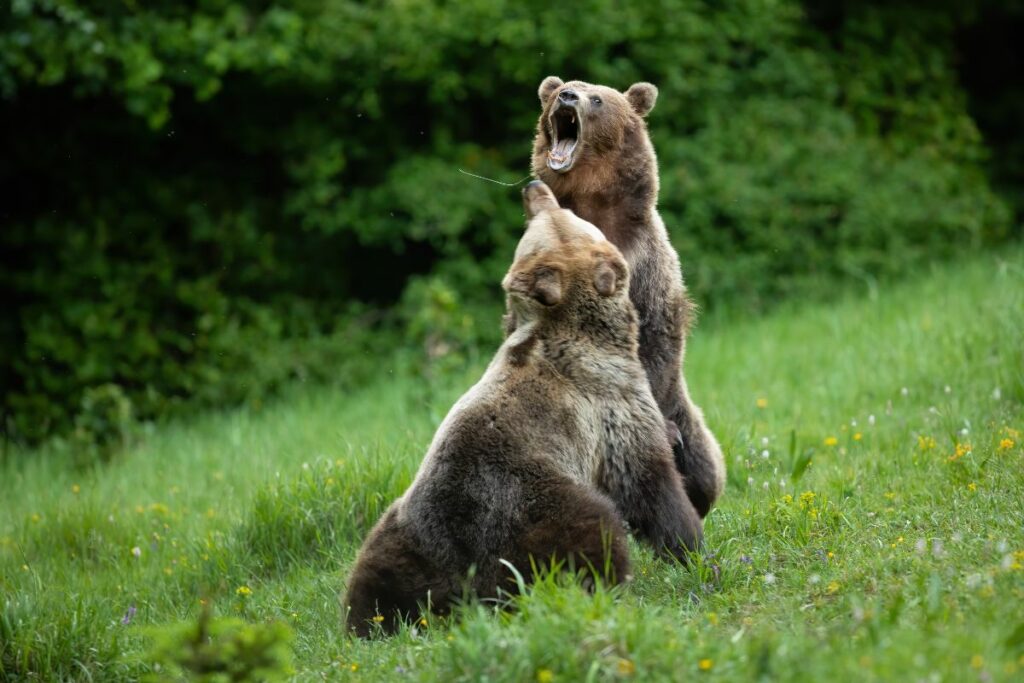
Extensive research reveals that approximately one in ten American adults and one in five teenagers will grapple with specific phobia disorders at some point during their lifetime. Understandably, many people experience apprehension when venturing into National Parks, given the National Park Service’s report of 3,020 recorded deaths in NPS units between 2007 and 2020. Delving deeper into the circumstances surrounding these fatalities can help alleviate some of these concerns and provide a grounded perspective.
Grand Canyon National Park
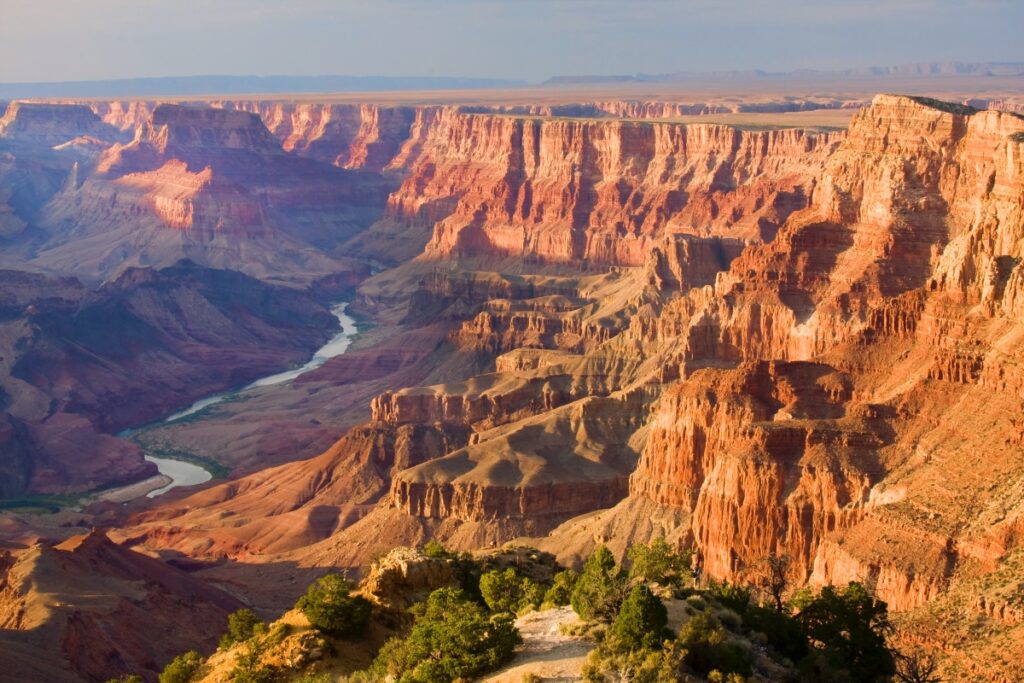
The Grand Canyon presents a lethal combination of scorching interior heat and precipitous cliffs along its rim. What adds to the trepidation is that hikes within the Grand Canyon typically begin at the top, necessitating an uphill return journey during the hottest part of the day for exhausted and parched hikers. NPSD data indicate that from 2014 to 2021, a total of 97 fatalities occurred within the Grand Canyon.
However, the deaths per million visitors (DPM) figure could potentially be much higher if not for the fact that the majority of the canyon’s visitors adhere to the park’s warnings and remain close to the rim. Venturing into the depths of the canyon requires a highly restrictive permit to secure a campsite, dissuading many from doing so.
Lake Mead National Recreation Area
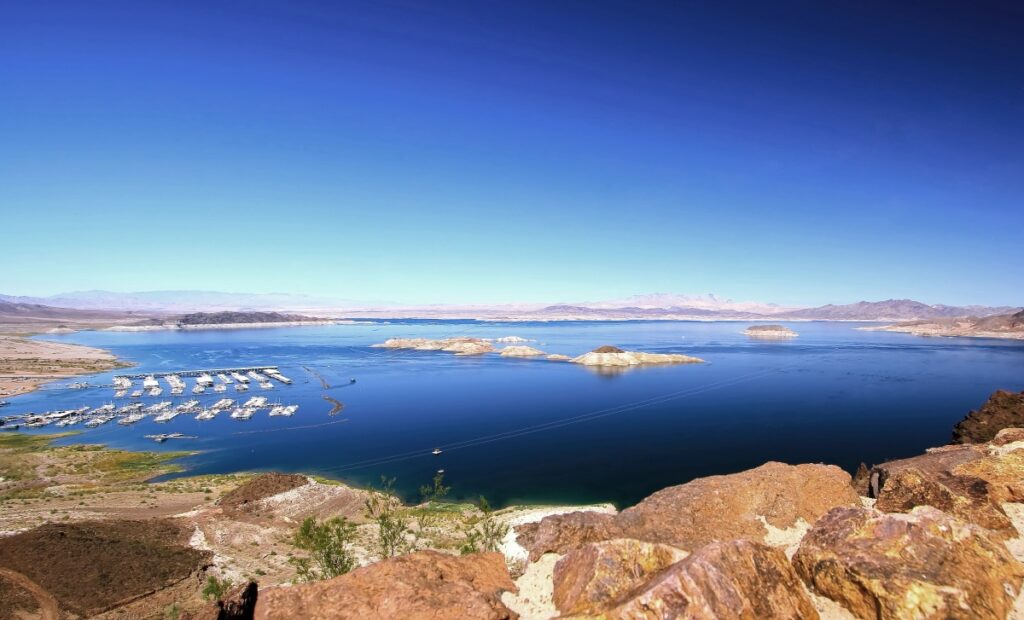
Lake Mead National Recreation Area claims a prominent position on various lists aggregating the most fatalities. Surprisingly, more deaths occur on Lake Mead due to boating incidents than in the mountainous regions of Alaska. Data from the National Park Service [NPSD] reveals that between 2014 and 2021, 145 individuals lost their lives on Lake Mead, with drowning accounting for 47 of those fatalities.
Christie Vanover, a spokeswoman for Lake Mead, notes that only a small percentage of drownings and other fatalities seem to involve alcohol. In contrast, weather conditions, particularly strong winds, tend to pose a significantly greater risk.
Denali National Park
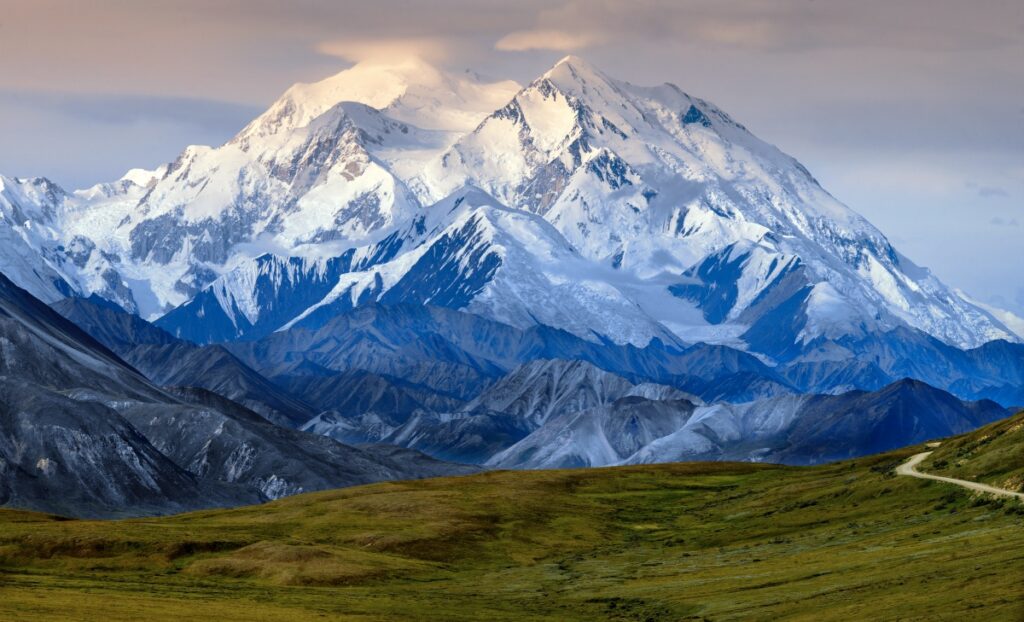
Denali National Park, boasting the highest peak in North America and encompassing a sprawling 7,408 square miles of remote wilderness. Teeming with grizzly bears and bone-chilling winters, Denali claims the top spot on our list of the deadliest National Parks. It comes as no surprise, considering Denali’s allure to daring mountaineers seeking to conquer its untamed terrain.
Unfortunately, some of them fall victim to its treacherous nature. According to Backpacker magazine, with a per-capita death rate of 9.8 deaths per million visitors (DPM), Denali surpasses all other national parks in terms of danger. In fact, it is ten times more hazardous than the Great Smoky Mountains, which experiences less than one death per million visitors.
North Cascades National Park
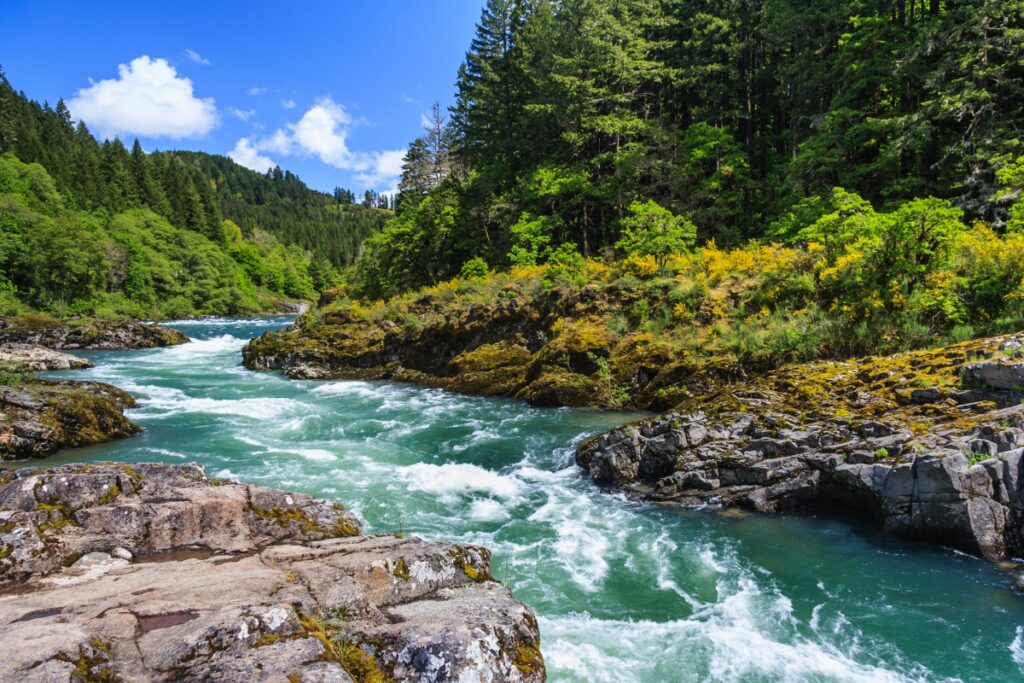
According to analysis conducted by psbr.law, North Cascades National Park boasts the highest fatality rate of any national park. Although the definition of a “visitor” may vary, the danger within this park is undoubtedly real. The North Cascades serve as a training ground for many climbers, meaning that their skills may not yet be fully honed.
Additionally, the park’s accessibility compared to Denali makes it more susceptible to attracting inexperienced and ill-prepared individuals who might find themselves overwhelmed. The absence of significant physical and financial barriers acts as a contributing factor.
Yosemite National Park
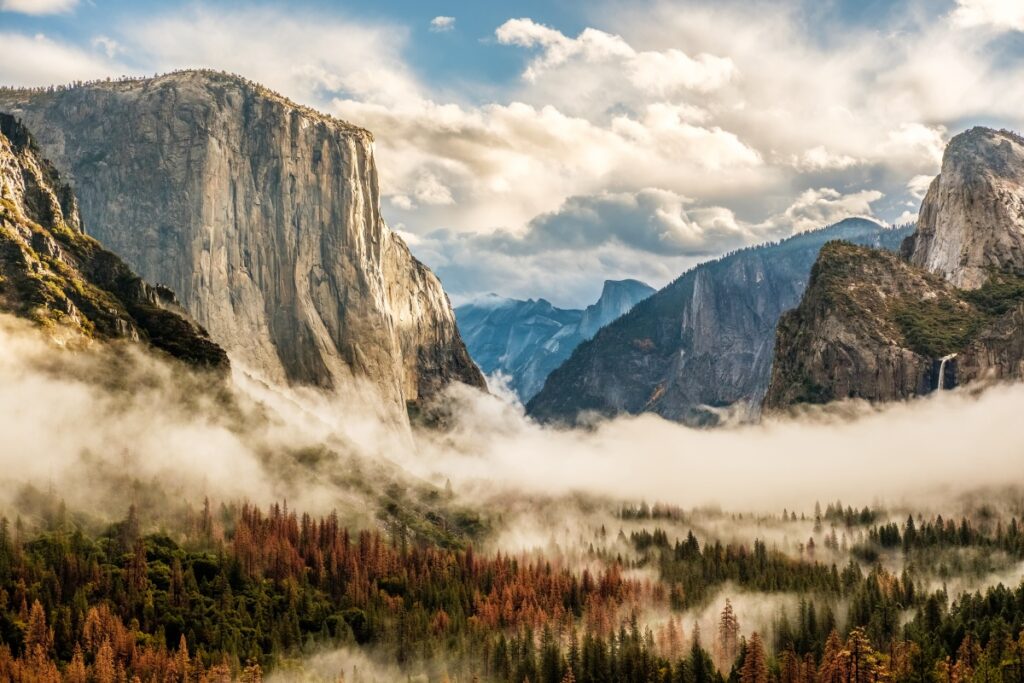
Recent data suggests that Yosemite National Park has surpassed the Grand Canyon in terms of annual fatalities, despite receiving fewer visitors. The distinction lies in Yosemite’s renowned granite domes and sheer cliffs, attracting a significant number of rock climbers.
According to estimations, around 2.5 climbers perish each year, resulting in approximately 20 climbing-related deaths during the 2014-2021 NPSD study period. This figure is sufficient to push Yosemite ahead of the Grand Canyon, although the park welcomes 25,000 to 50,000 climber-days annually, necessitating a nuanced perspective.
Big Bend National Park
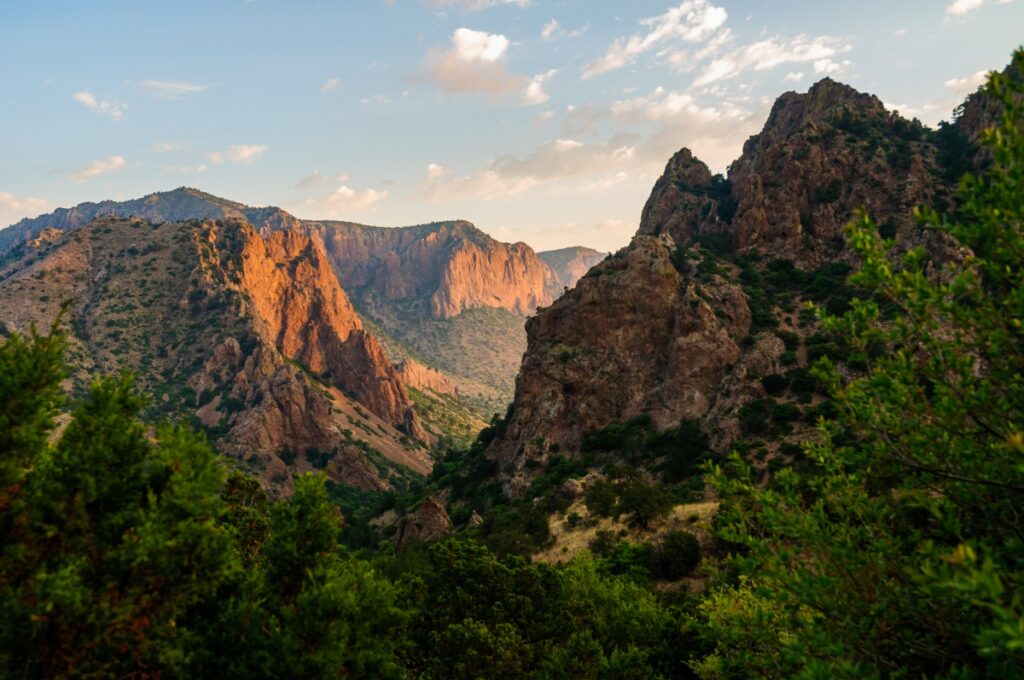
Big Bend National Park has earned a notorious reputation as the most dangerous national park in America. Located in the remote reaches of West Texas, it is notorious for its dramatic weather fluctuations. Furthermore, the park features a raging river coursing through its heart.
Santa Elena Canyon, the last major canyon to be explored by the United States, witnessed its first expedition by Robert Hill in 1899, a remarkable 30 years after John Wesley Powell’s iconic rafting journey through the Grand Canyon. Big Bend National Park stands as one of the most secluded wilderness areas in the contiguous United States.
Great Smoky Mountains National Park
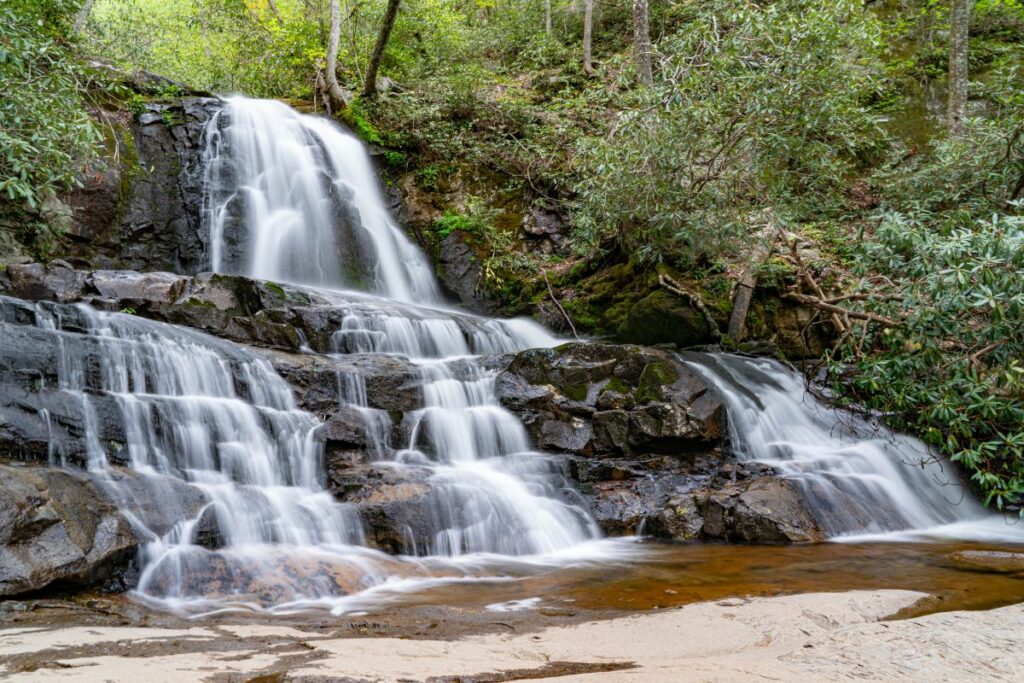
If you haven’t already watched Cocaine Bear, allow me to suggest it as this years Sharknato. This campy horror/comedy, loosely based on a true story, chronicles the rampage of an “apex predator high on cocaine,” tearing unfortunate individuals limb from limb within the Great Smoky Mountains.
In reality, the park is renowned for its bear sightings, yet only two bear-related human fatalities have been reported within Great Smoky Mountains National Park throughout history. Surprisingly, it is not the bears but rather the 384 miles of roads winding through the park that pose the real danger. Crashes accounted for 43.6% of deaths between 2007 and 2020, with medical incidents such as heart attacks ranking a distant second at 14.9%.
Redwood National Park
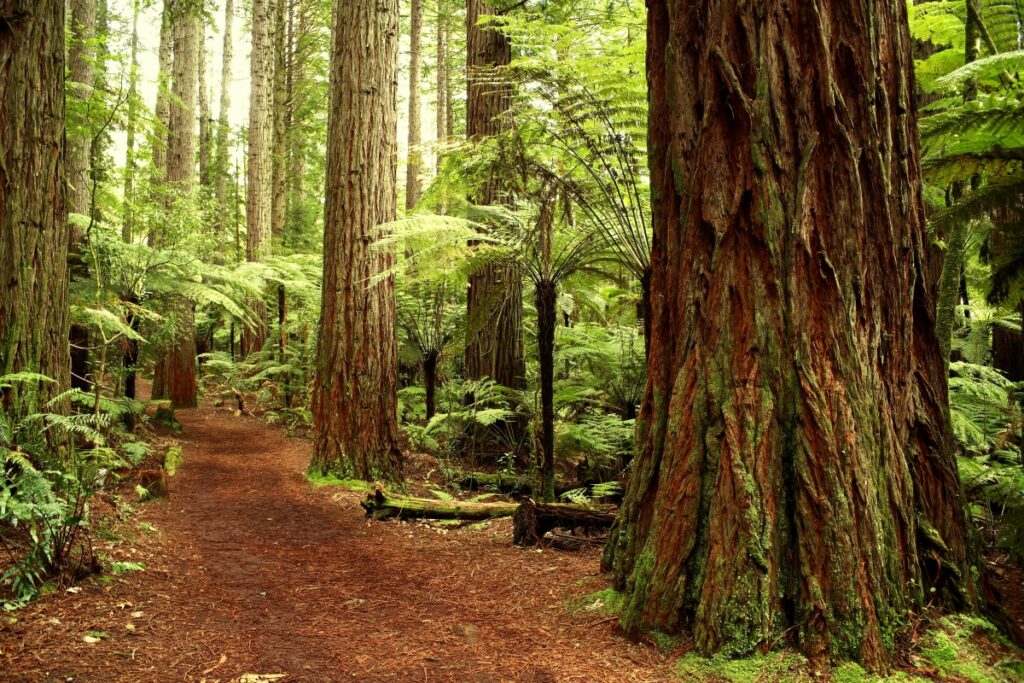
The majestic redwoods, towering as the tallest living beings on our planet, have become associated with the legendary ape-like creature known as Bigfoot. Nevertheless, if these humanoid creatures were truly responsible for hiker fatalities within the park, their presence would have been undoubtedly witnessed by now, wouldn’t it?
Hulu’s three-part docuseries Sasquatch embarks on an investigation into a series of gruesome murders attributed to Bigfoot, only to stumble upon a violent underworld of territorial clashes between cannabis growers. Ultimately, neither Bigfoot nor drug lords can be blamed for rendering Redwood National Park perilous. Approximately one-third of all fatalities within the park result from vehicle crashes, with the renowned Avenue of the Giants serving as a major tourist attraction.
Death Valley National Park
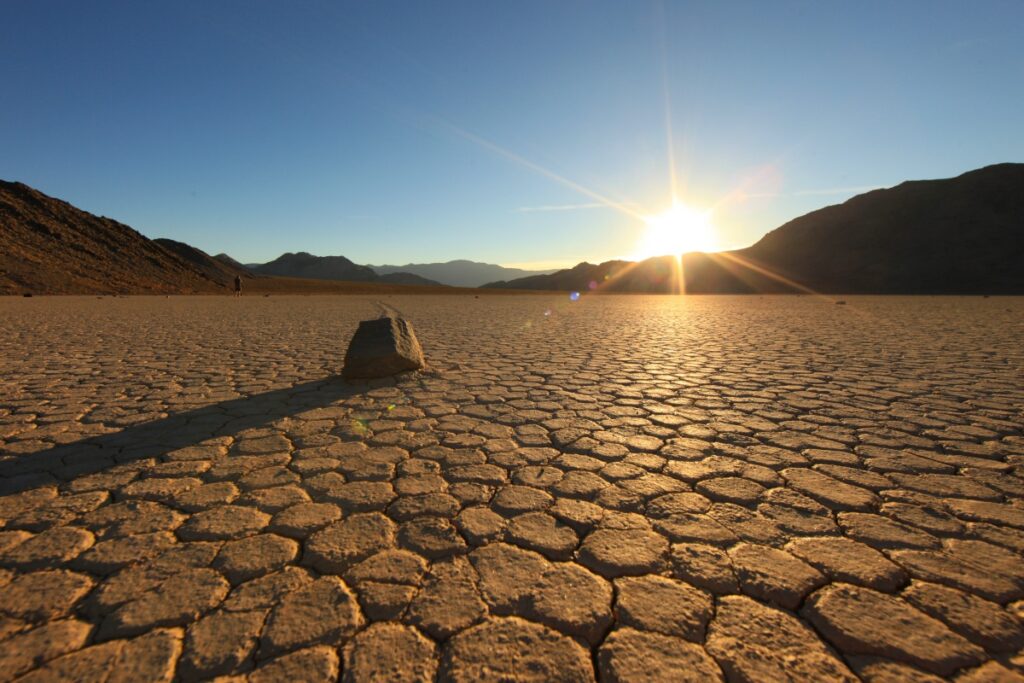
One can argue that the inherent danger of Death Valley is self-explanatory, given its name. It stands as the hottest and lowest point in the United States, with Badwater Basin resting a staggering 282 feet below sea level. So dry is the basin that visitors often mistake the thick layer of salt covering the valley floor for snow.
Perhaps unsurprisingly, traffic-related fatalities claim the highest number of lives within Death Valley. The park’s roads prove particularly treacherous, with drivers suffering from eye strain due to the intense glare of the sun and enduring long, monotonous stretches of road. The park’s vast desolation further compounds the issue, resulting in delayed emergency response times and an increased fatality rate.
Natchez Trace Parkway
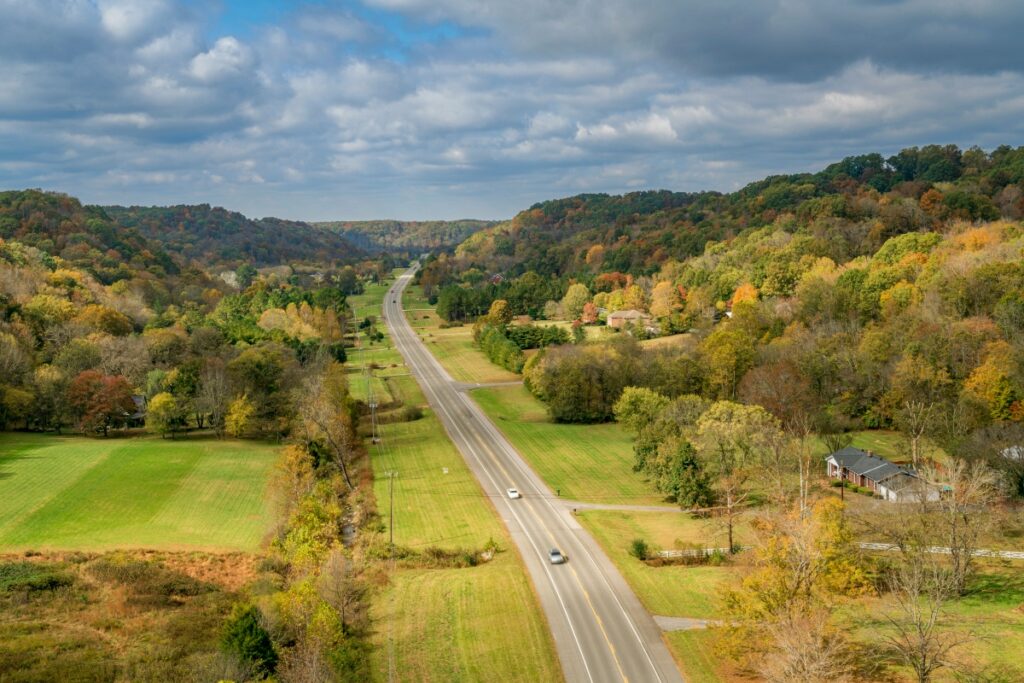
Drawing upon the insights gathered from the previous entries, it is not challenging to deduce where our focus will now shift. Indeed, the dangerous element within Natchez Trace Parkway is none other than the parkway itself. This meandering roadway winds through some of the most picturesque parts of the southern United States, enticing travelers with its scenic allure.
However, it’s essential to remember that you are still operating a moving vehicle, cruising at speeds of up to 45 miles per hour. Driving inherently carries risks, and any park that experiences significant traffic volume will inevitably witness a certain number of fatalities.
Steps to Stay Safe When Visiting National Parks
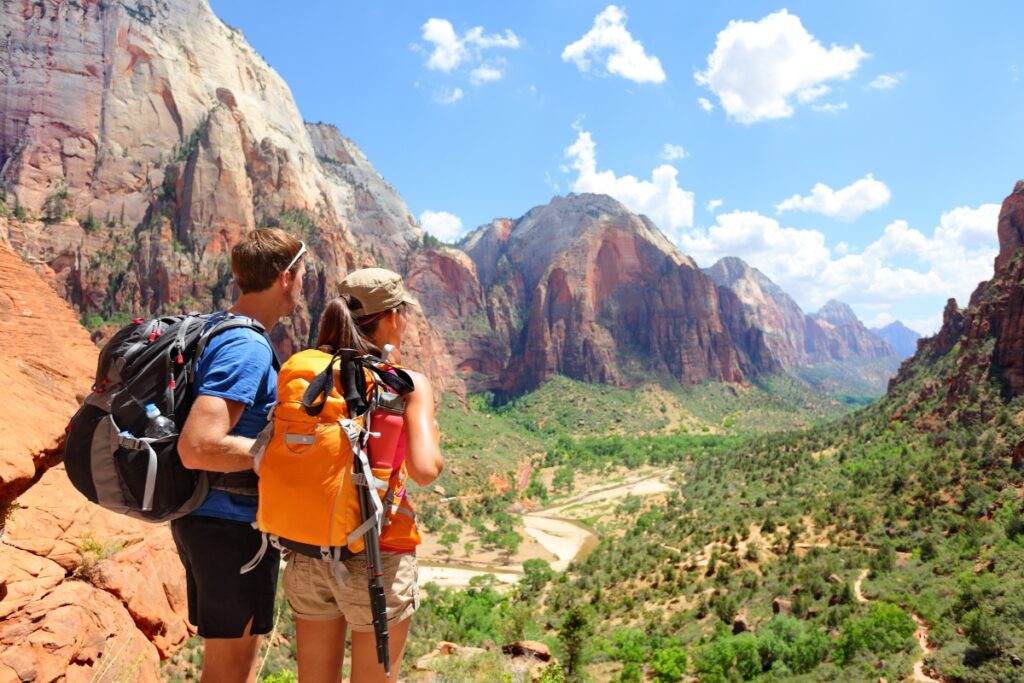
Engaging in high-risk activities such as mountaineering, rock climbing, boating, and hiking under extreme weather conditions significantly contributes to fatalities within National Parks. If you plan on visiting these parks this year, take a few extra moments to conduct thorough research and plan your trip meticulously. Prioritize safety and abide by all park rules and regulations, including those governing road usage. Additionally, be mindful of your own well-being. Venturing into the wilderness can be physically and mentally demanding, and accidents often stem from a combination of exhaustion and impaired judgment.
As you embark on your summer adventures, may your explorations be filled with awe-inspiring experiences and cherished memories. Remember, with a cautious mindset and a respect for nature’s power, you can revel in the wonders of America’s national parks while ensuring your own well-being.
Read More From Coleman Concierge:
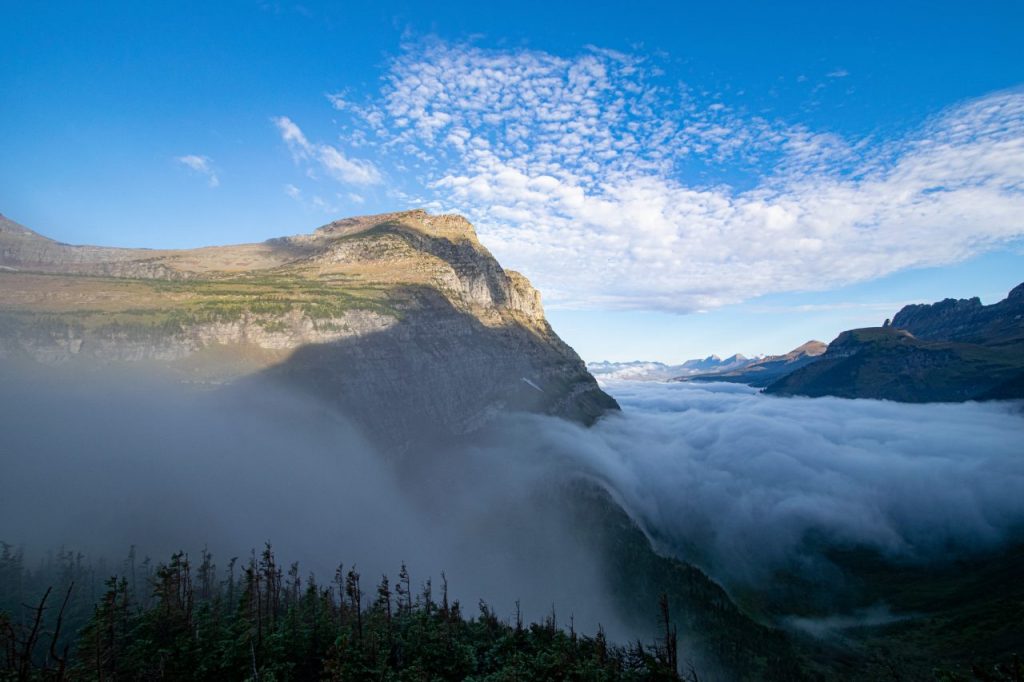
Hiking in Glacier National Park among the rugged mountains and crystal blue alpine lakes is an adventure that can change you forever. This article will introduce you to the nine best hikes in Glacier NP, plus local trips and tips to help you make the most of your time in the park.
Hiking in Glacier National Park – 9 Hikes You Have To Experience
Angels Landing: The Best Hike In Zion National Park

Everybody who has hiked Angels Landing in Zion National Park will tell you their story. Sometimes, it’s of extreme beauty. Other times it’s sheer terror. Either way, it is one of the park’s most notorious hikes and an incredible short trail full of unforgettable views.
Angels Landing: The Best Hike In Zion National Park
12 Sensational Waterfalls In Gatlinburg Tennessee You Must See
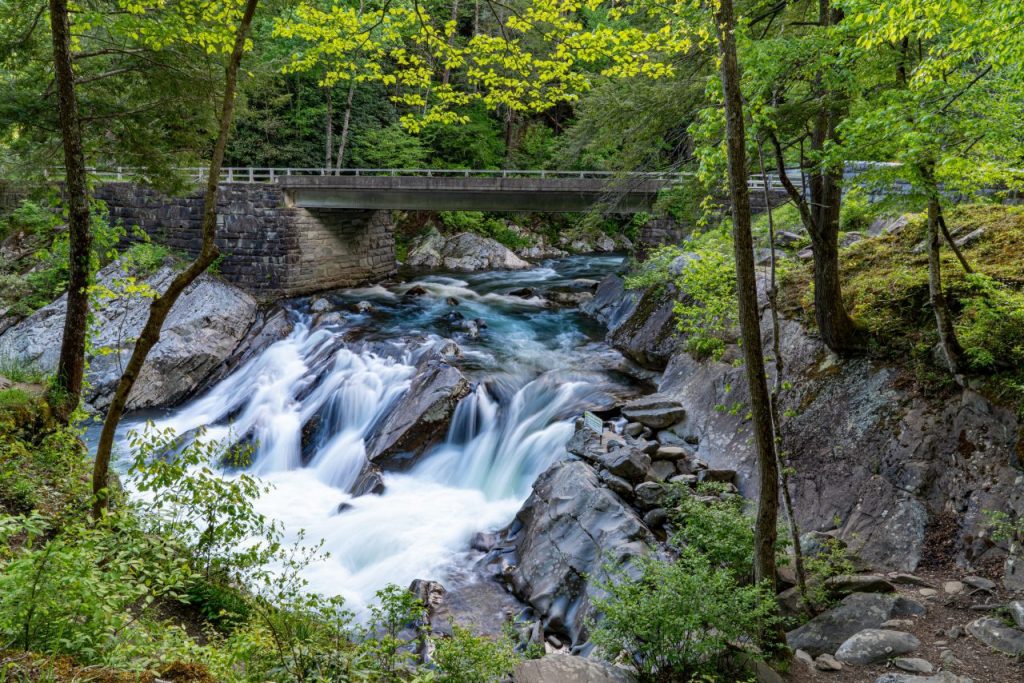
We’ll introduce you to the best, most stunning waterfalls in Gatlinburg Tennessee. Plus, with our included waterfall map and hike description, you’ll have everything you need to lace up your boots and head out on the trail.
12 Sensational Waterfalls In Gatlinburg Tennessee You Must See
Nine Tips For Hiking Havasu Falls
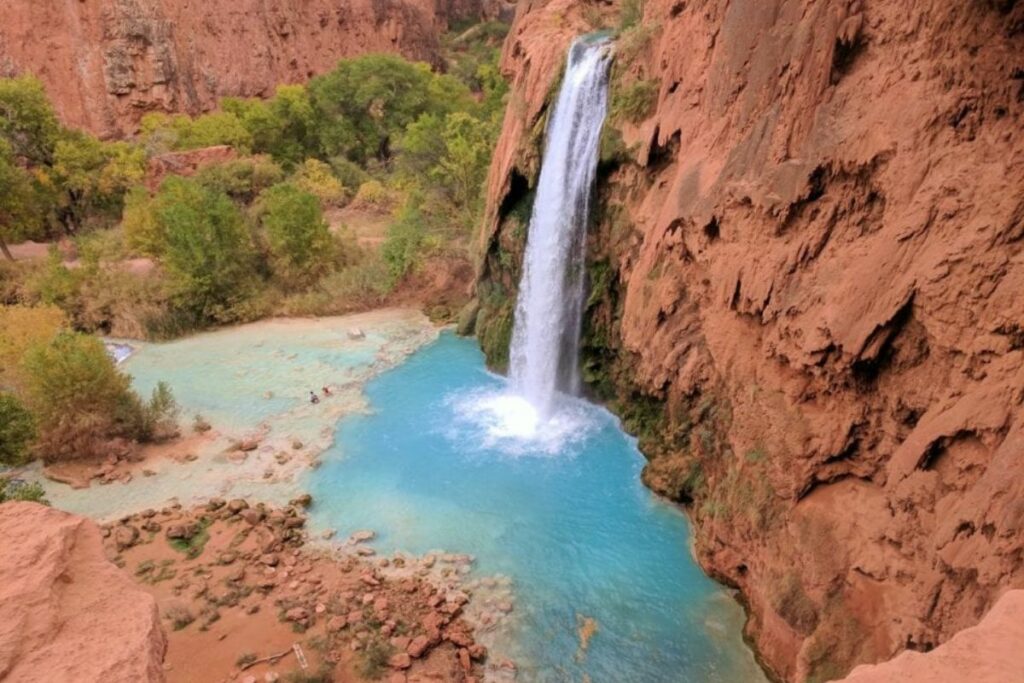
Havasu Falls is high on the bucket list for many hikers once they see a picture of the aqua blue water cascading down red rock walls into the crystal pool below. The Havasupai people have been here for over 800 years. If you are able to obtain a permit for this magical place, you will understand why they never left.
Nine Tips For Hiking Havasu Falls
Hi! We are Jenn and Ed Coleman aka Coleman Concierge. In a nutshell, we are a Huntsville-based Gen X couple sharing our stories of amazing adventures through activity-driven transformational and experiential travel.

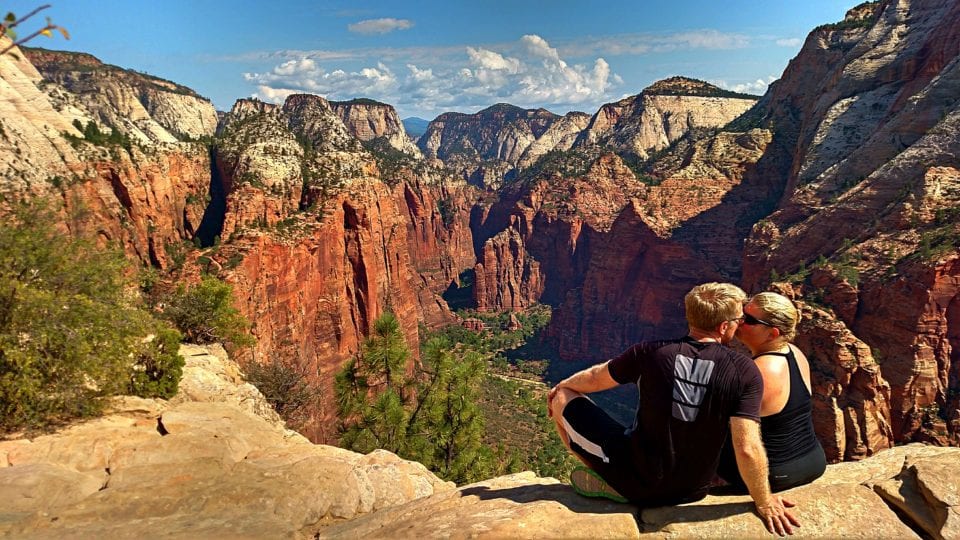
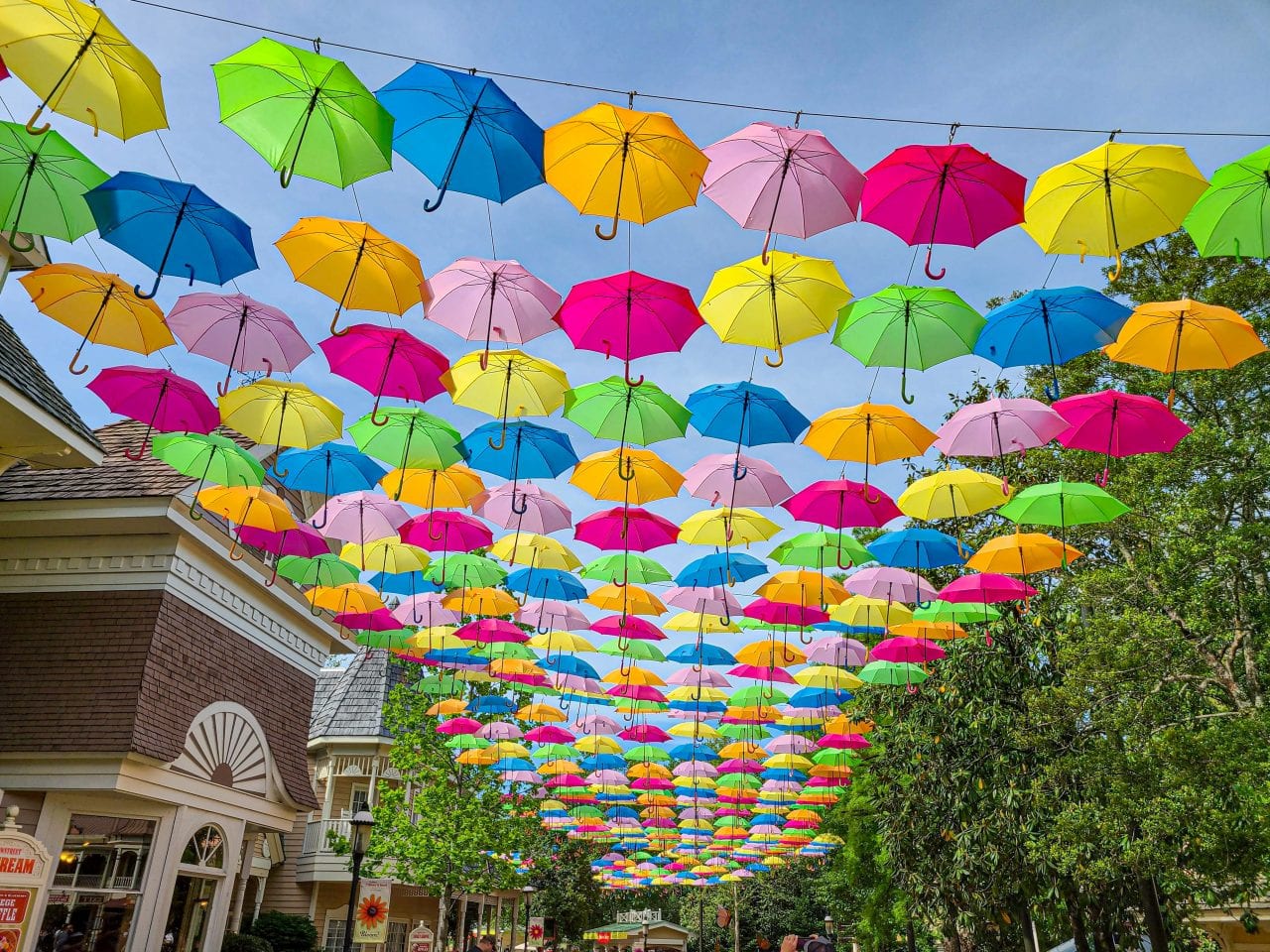
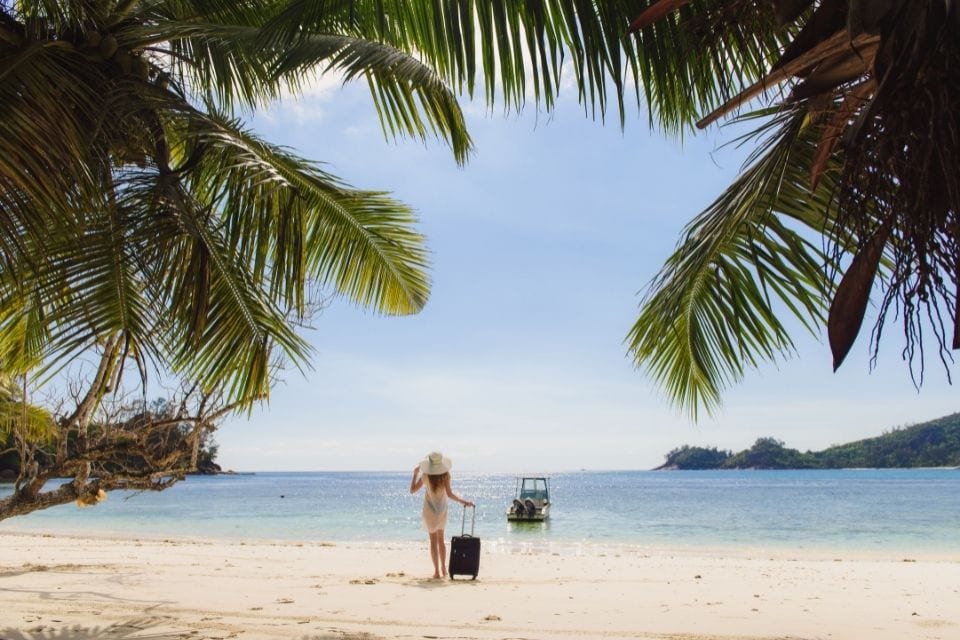
 Hi! We are Jenn and Ed Coleman, and together we are Coleman Concierge. It is our goal to inspire you to get out, expand your world, and to seek adventure, even in your own backyard.
Hi! We are Jenn and Ed Coleman, and together we are Coleman Concierge. It is our goal to inspire you to get out, expand your world, and to seek adventure, even in your own backyard.


